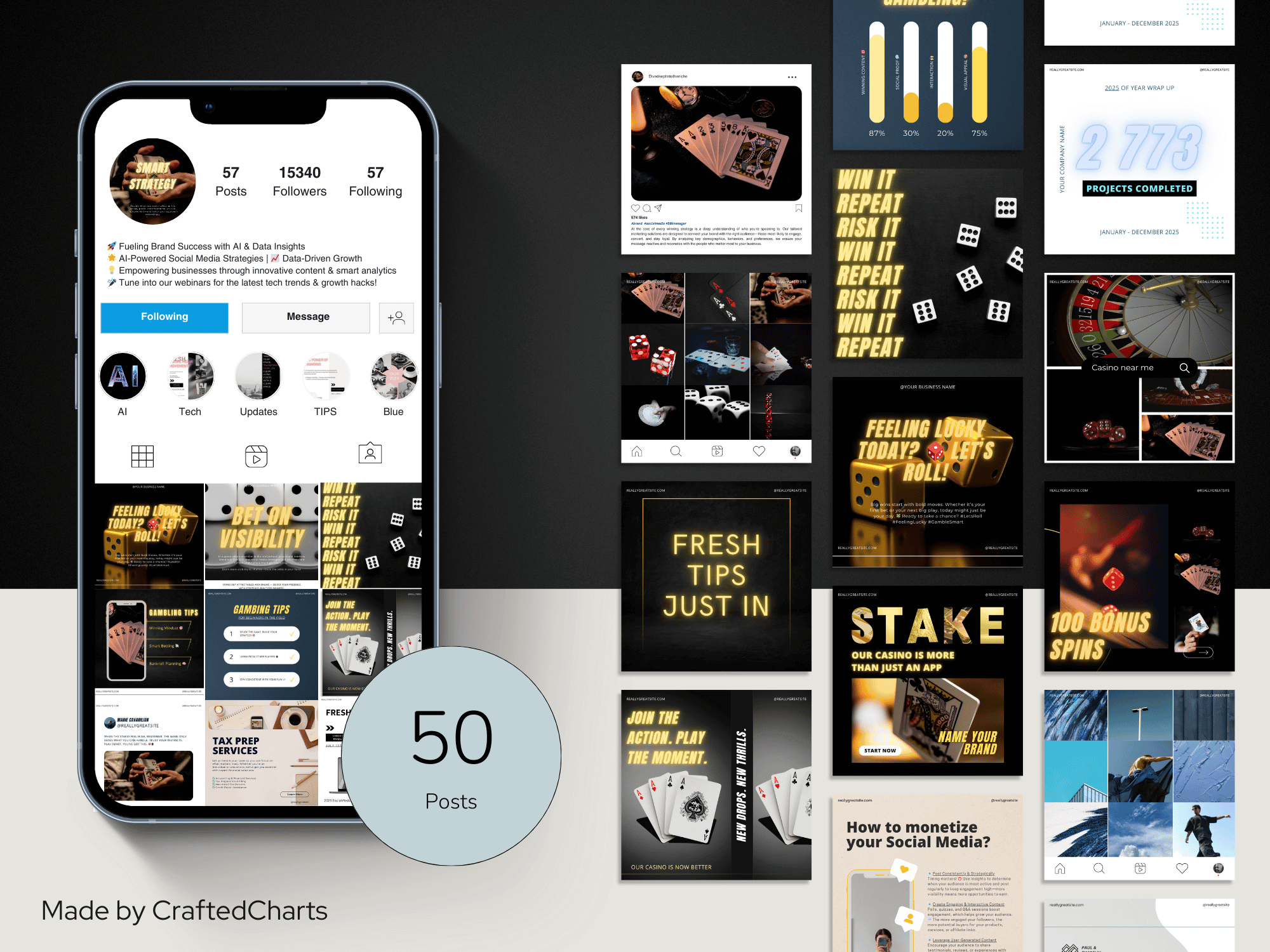How I use the Gantt Chart for project management
As someone who manages multiple projects, I know how easy it is to lose track of tasks, priorities or even worse - deadlines. That’s why I created a Gantt Chart Template for Google Sheets which you can also get.
It’s quick to set up, simple to use, and helps visualize projects clearly. In this article, I’ll show you exactly how I use it and how you can set it up fro your projects.
Getting started: Setting up the Template
The first step is very simple. Once you get the PDF file with the Template, click the link inside and make a copy to your own Google Drive. This creates your personal version of the chart, which you can edit, customize for your projects, and adjust to fit your workflow.
The template has two main tabs:
- Setup Tab – This is where you enter the names of project leads or departments and set task priorities. Use five levels of priority, from very low to very high, which helps quickly see which tasks need the most attention.
- Gantt Chart Tab – This is where all the tasks go and where you can see the project timeline in a visual format.
Start by filling in the setup tab with my team members and priorities. This way, everything you enter in the Gantt Chart tab is automatically linked and organized.
How to add tasks
Once the setup tab is ready, start adding tasks to the Gantt Chart:
-
Enter the project name and the project manager;
-
Set the start and expected end dates - the template automatically calculates the duration;
-
Then add each task, including the task name, description, project lead, priority, and start and end dates.
The chart automatically shows the timeline for each task. If you adjust a start or end date, the chart updates itself, saving you a lot of manual work.
Example of the Chart below

Customizing colors
If you like to color-code your tasks so you can spot priorities at a glance, you’ll appreciate that the template comes with five default colors. You can also customize them to match your preferences. Just remember - if you change a color in the setup tab, make sure to update the conditional formatting in the chart tab so the colors display correctly.
Marking tasks as completed
To track progress, use the checkmark feature. When you mark a task as finished, the row turns gray. It’s a small detail, but it helps instantly see what’s done and what still needs attention.
This Template works perfectly for:
-
Marketing campaign planning;
-
Product launches;
-
Content creation schedules;
-
Event planning;
-
Freelance project management;
-
Academic or research timelines.
Tips for using the Template
-
Start small and add a few tasks first to understand how it works;
-
Use the priority column to focus on what really matters;
-
Keep dates updated so the chart always reflects reality;
-
Customize colors to make the chart more intuitive for you and your team.
Advanced options
At the store, you’ll also find a more advanced version of this template that includes a built-in calendar and to-do list for complete project tracking. There’s also a video tutorial available that walks you through how to use that version step by step.






